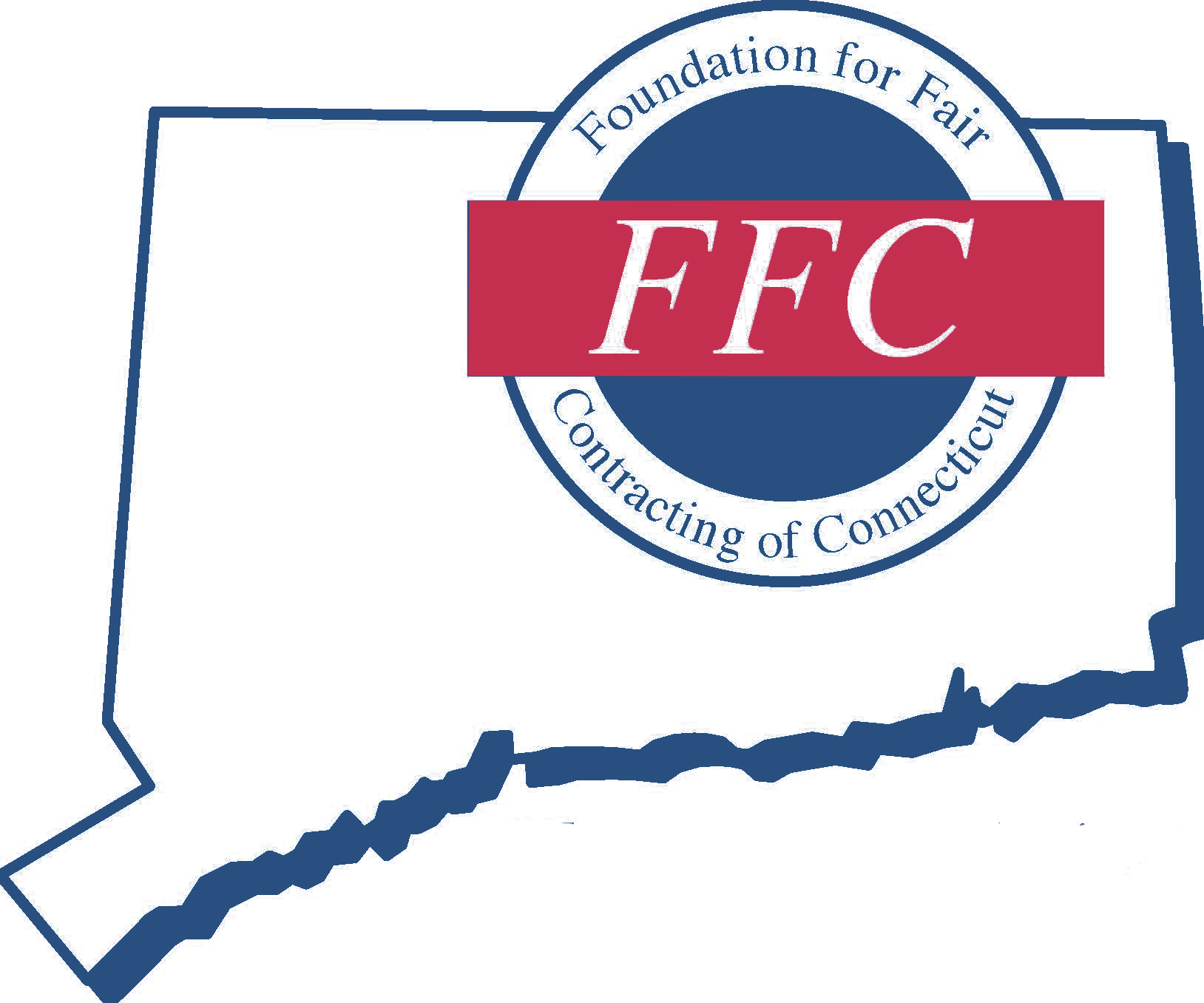Dan Sammataro, with his hard hat and reflective vest, was briefing DOT Inspection Team 1 one recent morning. It had been 10 days since the historic thunderstorms pounded parts of Southwestern Connecticut, flooding the nearby Stiles Brook that rose over a section of Route 6 and cascaded down the driveway of the adjacent 19th century farmhouse. The term of art for the bridge inspection teams is “scour critical.” When bridges and culverts are designed, the DOT’s hydraulics and drainage department estimates their structural capacities on a scale of one to nine. Those rated three or below are classified scour critical, requiring crews to inspect them after major rain events. Zach Lalima, a DOT bridge safety inspector with six years of experience, held the six-foot probing rod, with markings every 12 inches for measuring. Department of Transportation procedures kicked into place that Sunday night, as agency officials closed the region’s most-damaged bridges and roads, then set up detours for traffic. For many locations, the state’s seven bridge inspection crews made multiple visits.
https://www.stamfordadvocate.com/connecticut/article/connecticut-bridge-flooding-southbury-monroe-19725933.php

